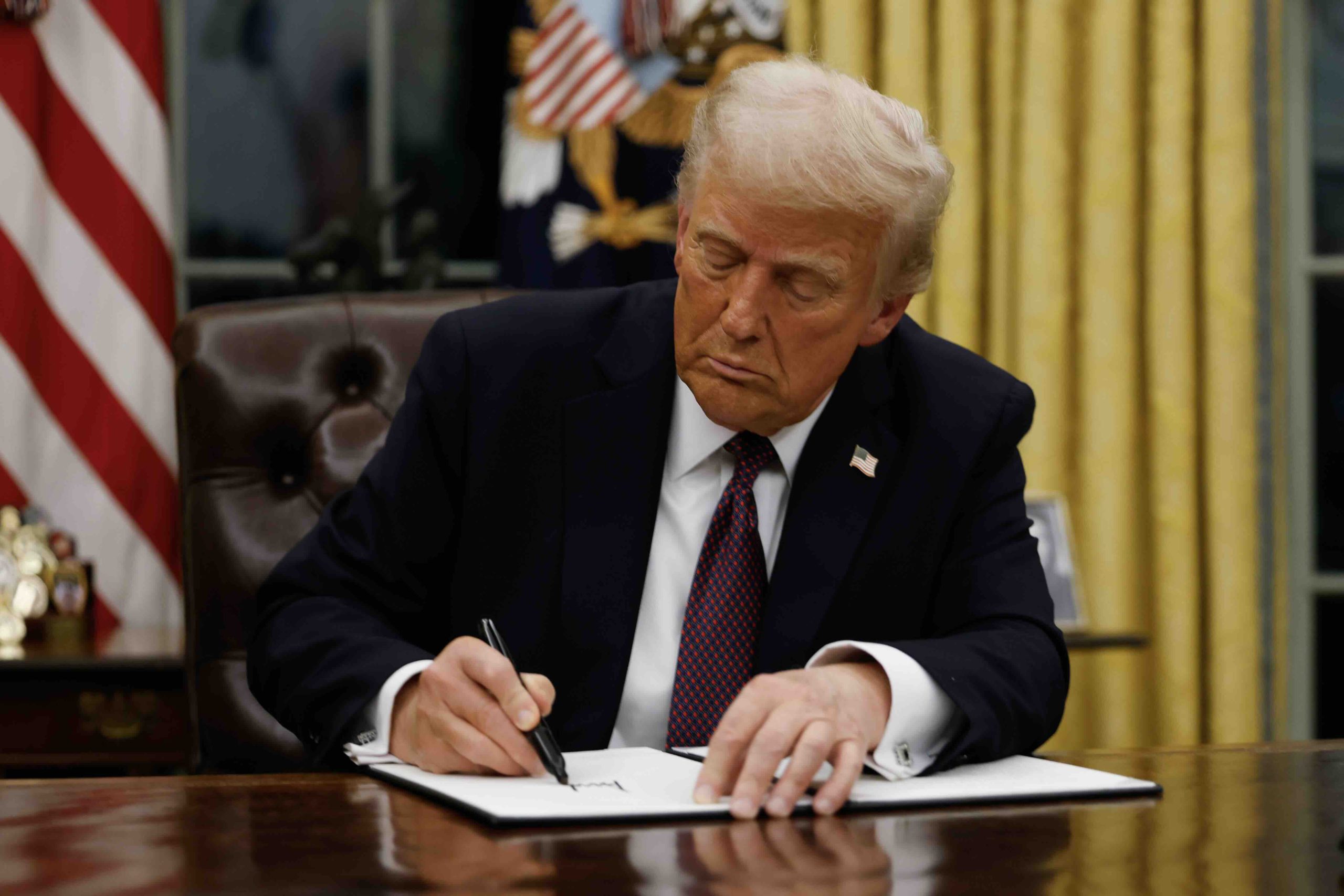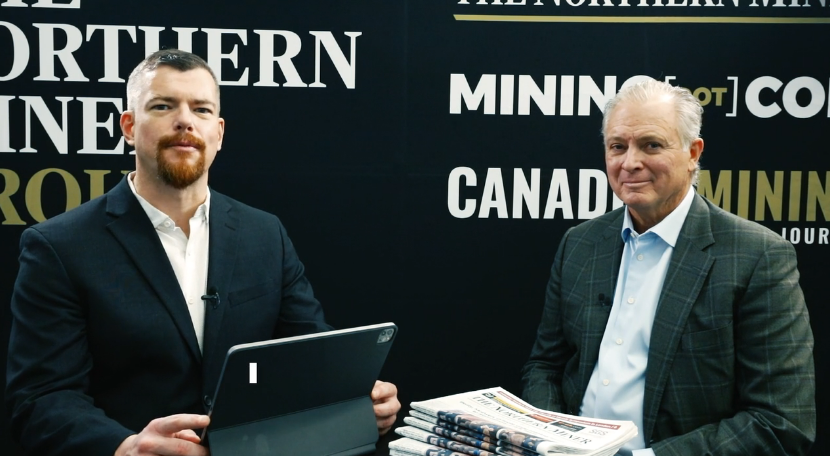Rio Tinto and Glencore spoke for months about deal that was once taboo

When Glencore Plc proposed a combination with Rio Tinto Group a decade ago, the larger company turned it down after just a few days. News this week that the two spent several months in negotiations in the second half of last year shows how the sands have shifted, just as mega-deal fever sweeps the global mining industry.
Rio’s firm and immediate rejection in 2014 of what would have been the largest ever deal in the global mining industry kicked off a months-long public feud that made painfully clear a vast gulf between the two companies’ cultures. Glencore boss Ivan Glasenberg accused Rio of misunderstanding the iron ore market, while his counterpart at Rio criticized Glencore’s traders as short-termist.
But when Glencore reached out about a deal last year, it met with a very different reception. This time, Rio was open to talk. What followed was a prolonged period of exploratory discussions at the top level of both companies, according to people familiar with the matter. The circle was kept very small, they said, but Rio chief executive officer Jakob Stausholm and Glencore’s Gary Nagle had conversations over multiple months, starting in the autumn. Rio chairman Dominic Barton was also directly involved, some of the people said.
The discussions are not currently active, and it’s not clear whether they could still resume. Neither company has commented on the situation, and both declined to comment for this story. People familiar with the matter said that Glencore had insisted on a hefty premium even as its share price slid.
Still, Rio’s willingness to engage in extended discussions demonstrates how the situation has changed.
After more than a decade of sitting on the sidelines, the biggest miners have made an enthusiastic return to dealmaking as they jostle for position and rush to bulk up in energy transition metals like copper and lithium. For Rio, the key moment came when its biggest rival, BHP Group, last year sent shockwaves through the industry with a proposal to buy Anglo American Plc.
The bid started a chain reaction across the mining world, as boards and CEOs came to terms with a new era of mega deals. Industry insiders describe a frenzy of conversations behind the scenes, as rivals scope out potential targets or merger partners and game out each others’ next moves.
Yet so far, they have been largely unsuccessful. BHP couldn’t persuade Anglo to support its proposal, and ultimately walked away. A year earlier, Glencore tried to buy Teck Resources Ltd. but had to settle for the smaller company’s coal business.
“The whole industry has been talking about how the majors consolidate for several years now,” said George Cheveley, a portfolio manager at Ninety One UK Ltd. “People haven’t worked out quite how to do it yet.”
The recent discussions between Rio and Glencore were catalyzed by BHP’s move, according to people familiar with the matter, but they also took place against the backdrop of huge changes within the two companies and across the wider industry.
Rio has finally moved past the fear of big deals that has haunted it since its disastrous 2007 purchase of Canadian aluminum maker Alcan, and chairman Barton has been a key driver of the shift in approach. The former Canadian diplomat and McKinsey & Co. global managing partner has insisted the company be more open-minded when it comes to deals, saying publicly its reluctance has led to missed opportunities.
Glencore has also changed, becoming more like a traditional miner as it moves away from its high-stakes commodity trading roots.
Crucially, the world and the commodities it consumes are also changing. Both Rio and Glencore have grown rich on the bulk commodities — iron ore and coal — that fueled China’s industrialization. As that process now slows, mining executives and their shareholders increasingly want copper, the crucial metal needed to fuel the decarbonization of the global economy, putting BHP and Rio under pressure to diversify from their main profit driver of iron ore.
For Rio, the company’s willingness to talk with Glencore signals a meaningful change to how the second-biggest miner sees deals.
For more than a decade, big M&A has been a taboo subject, the legacy of its disastrous Alcan purchase. Often described as the worst deal in mining history, it soured as aluminum demand slid during the global financial crisis and Chinese supply flooded the market. It forced Rio to take almost $30 billion in writedowns and ultimately cost the CEO at the time his job.
Rio was already emerging from that shadow before BHP’s approach for Anglo. The company has completed a series of smaller takeovers in recent years, adding more copper and lithium, and rebuilding its dealmaking muscles.
But BHP’s bold move created a nervousness about what Rio’s beefed up rival would look like, as well as driving home the message that sitting on the sidelines was no longer an option.
Glencore has also changed in the past decade.
The firm’s emphasis on swashbuckling trading has decreased, making it look more and more like any other mining company. It’s an evolution that began many years earlier, when Glasenberg started loading up on coal, copper, zinc and chrome mines, and doubled down on the bet by buying sister company Xstrata in 2013.
But the shift has accelerated in recent years. A series of investigations into corruption in countries across Africa and Latin America cost the company more than $1.7 billion and forced a push to clean up its trading culture.
Some Glencore veterans say the company is now hard to recognize — with what they say is less of an entrepreneurial culture, a lower appetite for risk, and a greater deference to the company’s in-house lawyers.
Crucially, the company has also signaled its willingness to separate its giant coal mining business, long seen as an impediment to a deal with rivals such as Rio who have exited the fuel.
While Glencore’s investors decided against spinning off the highly profitable business last year, the company’s preparedness to do so makes it a much more attractive target. The discussions with Rio included the potential to spin off the coal unit, one of the people said.
Rio has long coveted Collahuasi, the major copper mine in Chile in which Glencore has a 44% stake. But its interest in its smaller rival was wider than just that, with Barton, the chairman, pushing the company to be ambitious and creative, some of the people said.
Neither company has made a statement on the talks, allowing them to keep their options open should they want to resume negotiations in the future. Under UK takeover rules, making a statement about the deal would generally require a potential buyer to make an offer within a month or walk away for six months.
Whatever happens next, news of the discussions has only fueled anticipation that a wave of big deals is just around the corner in mining. Of all the big miners, the one whose shares rose most on Friday was potential BHP target Anglo.
The news of Glencore and Rio’s discussions “has turned up the temperature on an already simmering M&A environment,” said RBC Capital Markets analyst Ben Davis.
(By Thomas Biesheuvel, Jack Farchy and Dinesh Nair)
More News
US delays Canada, Mexico tariffs
The announcement comes a day after Trump gave a 30-day tariff reprieve to the big three automakers.
March 06, 2025 | 02:23 pm
Video: Seabridge CEO on KSM progress, questioned permits
The project, in the Golden Triangle of British Columbia, is one of the world’s top undeveloped gold deposits.
March 06, 2025 | 01:34 pm
Video: VRIFY’s new AI tool cuts exploration timelines from weeks to seconds
The platform provides real-time probability and variance metrics, which, VP says, challenges the old geological bias.
March 06, 2025 | 12:47 pm
{{ commodity.name }}
{{ post.title }}
{{ post.excerpt }}
{{ post.date }}




Comments